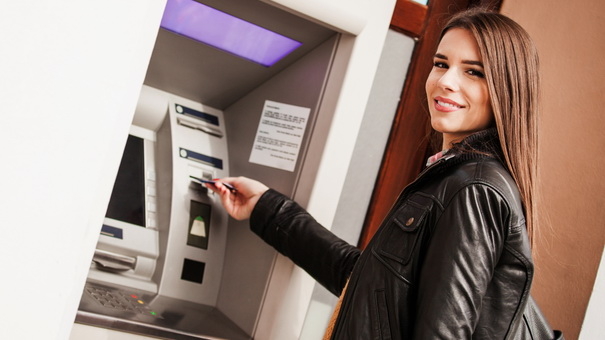
This post contains references to products from our advertisers. We may receive compensation when you click on links to those products. The content is not provided by the advertiser and any opinions, analyses, reviews or recommendations expressed in this article are those of the author’s alone, and have not been reviewed, approved or otherwise endorsed by any bank, card issuer, airline or hotel chain.
Please visit our Advertiser Disclosure to view our partners, and for additional details.If you’re short on funds but need access to cash right away, using your credit card for a cash advance might seem like the easiest way out. Unfortunately, getting a cash advance is one of the most expensive ways to use a credit card.
First, the basics. A cash advance is a temporary loan you get through your credit card. Typically, cash advances are doled out in three different ways. You can get a cash advance by using your credit card at an ATM, asking for a cash advance at a bank, or by taking advantage of the cash advance checks your card issuer sends you in the mail.
What happens when you take a cash advance
Getting access to cash through your credit card is easy, but a cash advance will cost you a pretty penny. For starters, no matter how you take out the cash advance, you’ll have to pay a transaction fee. These fees vary, but are usually a percentage of the amount of cash you’re taking out. On a $500 cash advance, you may need to pay a cash advance fee of 2%-5%, which equals $10-$25, for example.
If you’re using an ATM, you’ll likely need to pay an ATM fee on top of the cash advance. If you’re out of the country, foreign transaction fees may be charged as well (though you can avoid these fees by using a credit card with no foreign transaction fees). The size of both ATM fees and foreign transaction fees depend on where you are, who your card issuer is, and which card network (Visa, MasterCard, etc.
) you’re using. (See also: How to Get Cash While Traveling Abroad)On top of these fees, you’ll also pay a higher interest rate on cash advances than you would on regular purchases. It’s not uncommon to see, for instance, a 16% purchase APR zoom up to 26% for cash advances on that same card.
The worst part is, cash advances don’t come with a grace period like regular purchases do. This means interest begins accruing on cash advances starting from the day you take one out. (See also: What You Should Know About Credit Card Interest, Grace Periods, and Penalty APRs)
To put all these fees and interest charges in perspective, let’s imagine you’re traveling and run out of money. You head to a local ATM…
The post How to Reduce the Costs of a Cash Advance appeared first on FeedBox.